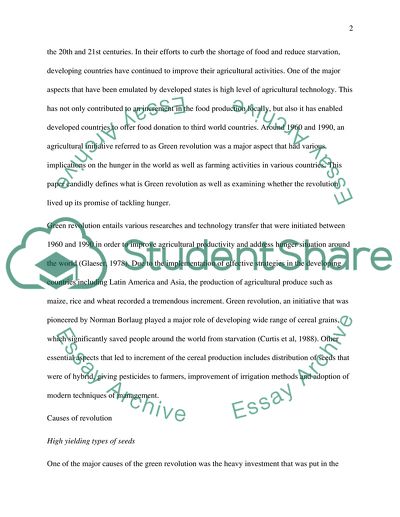Cite this document
(What Was the Green Revolution and Did It Live up to Its Promise of Research Paper, n.d.)
What Was the Green Revolution and Did It Live up to Its Promise of Research Paper. Retrieved from https://studentshare.org/environmental-studies/1762620-what-was-the-green-revolution-and-did-it-live-up-to-its-promise-of-tackling-hunger
What Was the Green Revolution and Did It Live up to Its Promise of Research Paper. Retrieved from https://studentshare.org/environmental-studies/1762620-what-was-the-green-revolution-and-did-it-live-up-to-its-promise-of-tackling-hunger
(What Was the Green Revolution and Did It Live up to Its Promise of Research Paper)
What Was the Green Revolution and Did It Live up to Its Promise of Research Paper. https://studentshare.org/environmental-studies/1762620-what-was-the-green-revolution-and-did-it-live-up-to-its-promise-of-tackling-hunger.
What Was the Green Revolution and Did It Live up to Its Promise of Research Paper. https://studentshare.org/environmental-studies/1762620-what-was-the-green-revolution-and-did-it-live-up-to-its-promise-of-tackling-hunger.
“What Was the Green Revolution and Did It Live up to Its Promise of Research Paper”, n.d. https://studentshare.org/environmental-studies/1762620-what-was-the-green-revolution-and-did-it-live-up-to-its-promise-of-tackling-hunger.


